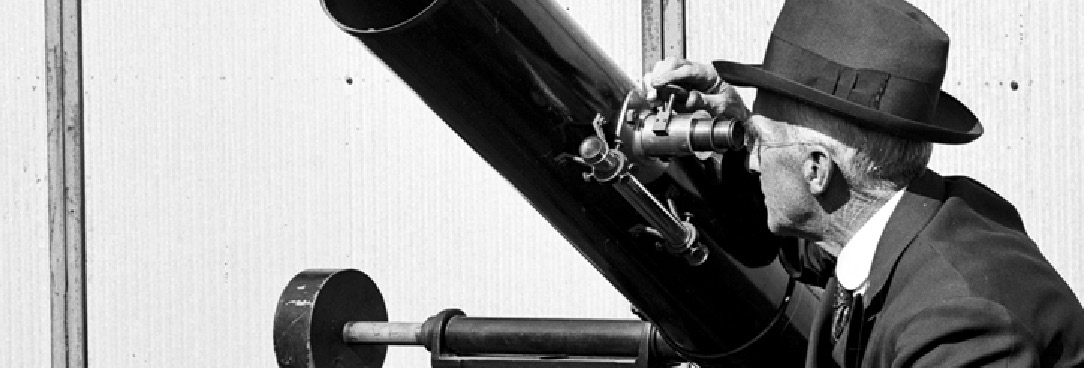Last updated:
Welcome to the 2005 issue of Provenance, the journal of Public Record Office Victoria. Issue number 4 contains three articles, each drawing on the rich sources of Victorian history that can be found in PROV’s holdings. In quite different ways, these articles demonstrate how records can furnish the raw materials for reviewing or contesting our collective memory.
Focusing on the possum-skin trade in early colonial Victoria, Fred Cahir argues for a significant revision in our understanding of the ways in which Aboriginal people responded to the new economy the Europeans brought with them. The records of the Aboriginal Protectorate and other official documents, as well as personal letters and diaries, reveal that a cultural relationship between these very different communities developed through trade. Cahir presents a strong case for further historical research into the records of these early encounters, which are some of the earliest records that PROV holds. He also suggests that a careful re-reading of the public record regarding Aboriginal people is needed. Researchers need to be aware
that Europeans reporting on their trade (and other) relations with Aboriginal people tended to diminish the latter’s capacity to grapple with the ways of colonial society. Cahir’s article is part of a recent trend in historical research investigating how Aboriginal people exercised their agency and pursued their own interests within the limited range of options that colonization permitted them.
The Catholic community is the focus of Jill Barnard’s article on the development of orphanages in Victoria in the nineteenth century. There was deep concern felt by Catholics that the faith and welfare of their children would not be properly catered for under the arrangements provided by the Protestant churches or the government, and this led them to establish their own institutions. The article also explores the links between the higher proportion of Catholic children in orphanages and the greater share of poverty and hardship that the Catholic community experienced in early Victoria. In addition, the article provides a fascinating glimpse into the highly circumscribed and austere lives of Catholic orphans in the nineteenth century that resulted from the eagerness of Catholic Religious to provide thorough discipline for their charges.
Writing on a more contemporary topic, Louise Blake’s article examines the history of the Regent Theatre and the campaign to save it from demolition and developers, a battle which culminated in the 1970s with the passing of legislation by the Hamer government. Blake documents the struggle of a committed group of campaigners and the strategies they employed to change both common and expert understandings of the heritage value of buildings. The article shows how records can be used to tell stories such as this one, in which a grass-roots movement was able to change social outcomes.
Issue number 4 of Provenance is the first issue that I have been responsible for as editor. It is our intention at PROV to expand future issues of the journal to include case studies and popular articles in addition to the more scholarly papers that are peer-reviewed. We hope that you enjoy the current issue of Provenance and look forward to receiving your contributions.
Sebastian Gurciullo
Editor
Material in the Public Record Office Victoria archival collection contains words and descriptions that reflect attitudes and government policies at different times which may be insensitive and upsetting
Aboriginal and Torres Strait Islander Peoples should be aware the collection and website may contain images, voices and names of deceased persons.
PROV provides advice to researchers wishing to access, publish or re-use records about Aboriginal Peoples
